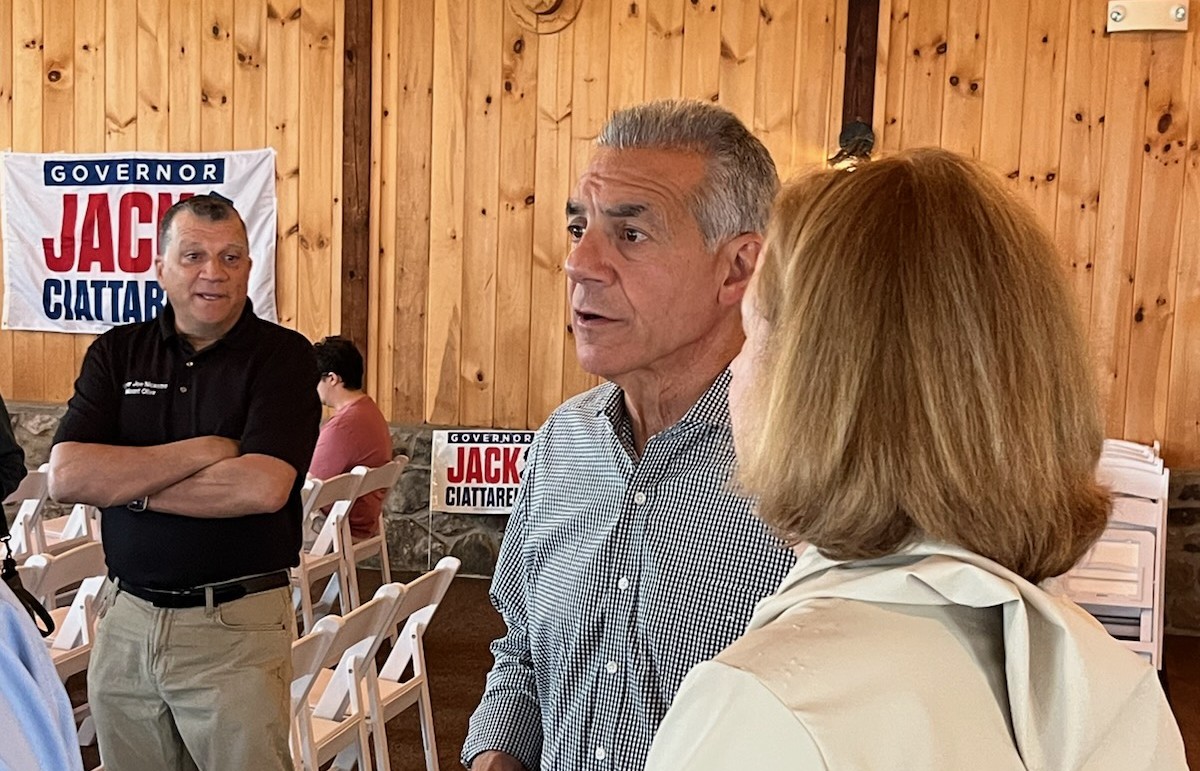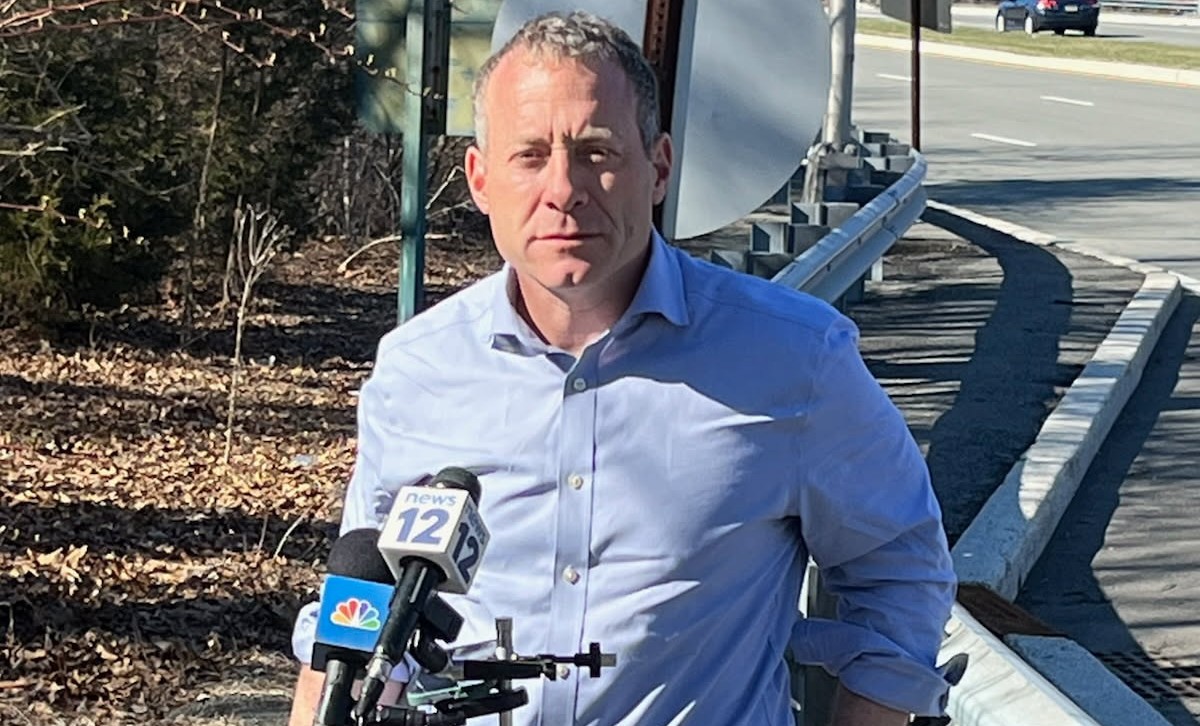The teacher shortage has been a persistent problem in the United States for several years now. According to the National Center for Education Statistics, the number of students in public schools has increased by 10% over the past decade, while the number of teachers has only increased by 1.5%. This has led to a situation where many schools are struggling to find qualified teachers to fill their vacancies.
To address this issue, several proposed solutions have been put forward. However, these solutions have been criticized for their limited effectiveness in addressing the structural issues that underlie the teacher shortage.
One proposed solution is to increase teacher pay. The argument is that higher salaries will attract more people to the teaching profession and encourage current teachers to stay in the field. While this may be true in the short term, it does not address the underlying issues that are causing the teacher shortage.
One of these issues is the lack of support for teachers. Many teachers feel overworked and undervalued, which leads to burnout and high turnover rates. Increasing salaries may help to attract more people to the profession, but it will not address the root causes of teacher dissatisfaction.
Another proposed solution is to expand alternative certification programs. These programs allow people with non-teaching backgrounds to become certified teachers without completing a traditional teacher education program. While this may help to fill some vacancies, it does not address the fact that many schools are struggling to find qualified teachers in high-demand subjects like math and science.
Furthermore, alternative certification programs often lack the rigorous training and mentoring that traditional teacher education programs provide. This can lead to a situation where new teachers are not adequately prepared for the challenges of the classroom, which can further exacerbate the teacher shortage.
A third proposed solution is to recruit more teachers from underrepresented groups. This is an important goal, as research has shown that students benefit from having teachers who share their racial or ethnic background. However, this solution also has its limitations.
For one, it does not address the fact that many schools are struggling to find qualified teachers in all subject areas, not just those that are traditionally taught by teachers from underrepresented groups. Additionally, simply recruiting more teachers from underrepresented groups does not address the systemic issues that have led to the underrepresentation of these groups in the teaching profession.
In conclusion, while there are several proposed solutions to the teacher shortage, they are limited in their effectiveness in addressing the structural issues that underlie the problem. To truly address the teacher shortage, we need to address the lack of support for teachers, the need for more rigorous training and mentoring for new teachers, and the systemic issues that have led to the underrepresentation of certain groups in the teaching profession. Only then can we ensure that all students have access to high-quality teachers who are prepared to help them succeed.




